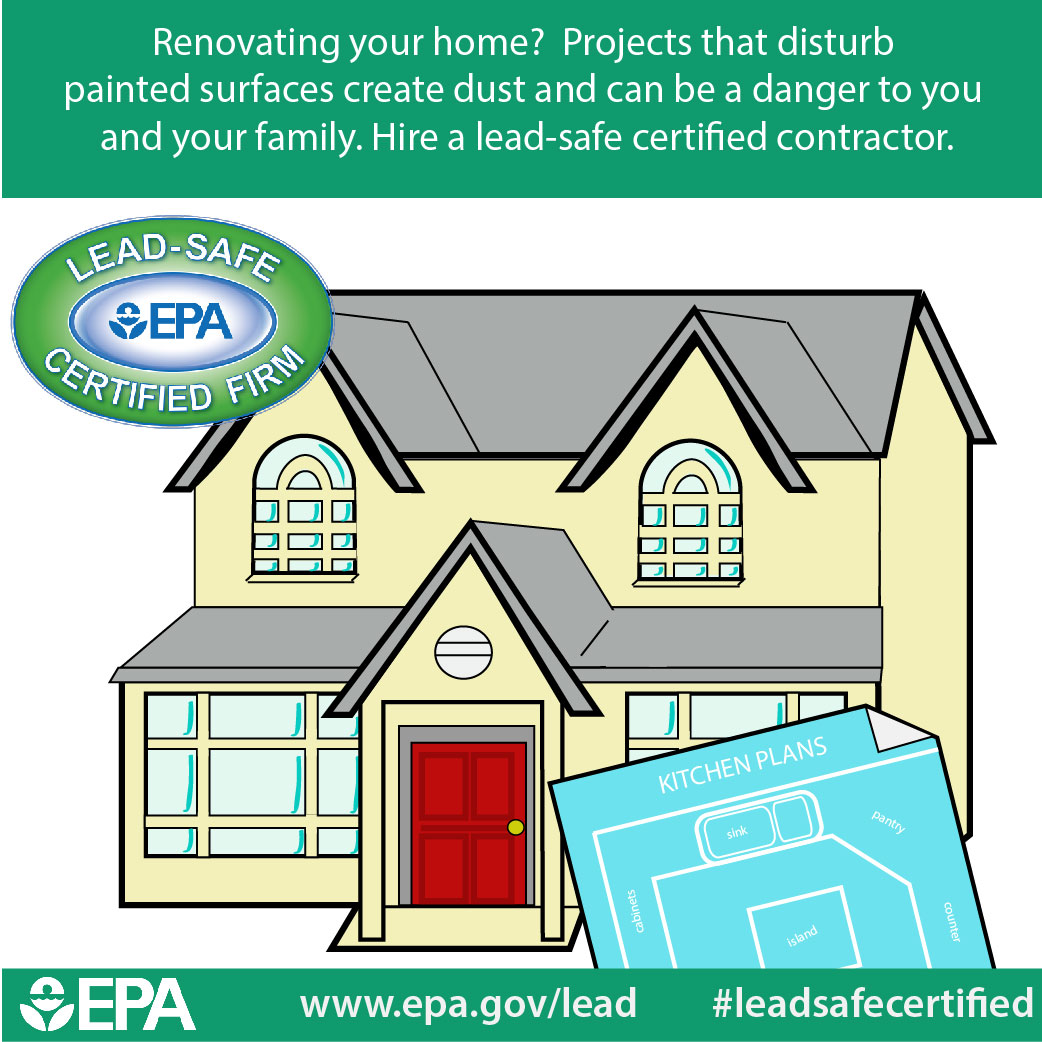Prepare Your Wall Surfaces For Paint With Important Tips And Strategies That Guarantee A Remarkable Surface-- Discover The Crucial Actions To Raise Your Task
Prepare Your Wall Surfaces For Paint With Important Tips And Strategies That Guarantee A Remarkable Surface-- Discover The Crucial Actions To Raise Your Task
Blog Article
Web Content Author-Nance Kearns
When you're prepping your walls for painting, it's vital to follow a systematic process to ensure a perfect surface. Start by analyzing the wall surface for any damages; this action can make or break your task. When you have actually identified any problems, cleaning the surface area appropriately is essential, as a filthy wall can affect paint attachment. After that, you'll need to spot any kind of blemishes and apply a primer. However there specify methods and pointers that can raise your preparation video game-- allow's check out those additional to attain the very best outcomes.
Assessing Wall Surface Condition
Prior to you get your paintbrush, take a moment to assess your walls' problem. Look for any type of visible damage like fractures, openings, or peeling off paint. These flaws can affect exactly how the paint adheres and looks when it's completely dry. If commercial bathroom painting notice any type of substantial damage, you'll need to prioritize fixings prior to diving right into paint.
Look very closely at the structure of your wall surfaces. Is the surface smooth, or is there appearance that might require unique factor to consider? Smooth wall surfaces generally need less preparation, while textured surfaces may require more time to repaint evenly.
Also, consider the previous paint task. If the old paint is shiny, it mightn't enable new paint to stick properly. You'll need to know if your wall surfaces have been painted with oil-based or water-based paint, as this can affect your selection of primer or paint.
Finally, bear in mind of any type of moisture issues. If you see signs of water damage or mold and mildew, address these troubles instantly to avoid additional problems.
Cleaning the Surface area
As soon as you've assessed the problem of your wall surfaces, the next action is cleansing the surface. Begin by collecting your products: a pail, cozy water, a light detergent, a sponge or towel, and a scrub brush for harder spots.
Begin at the top corner of the wall surface and work your means down. Mix the detergent with warm water in your bucket, after that dip the sponge or fabric into the solution. Wring it out to prevent excessive moisture on the walls.
As you cleanse, pay attention to areas that may've accumulated dirt, grease, or fingerprints. For painting in tulsa , use the scrub brush gently to stay clear of harming the paint under. Rinse your sponge or fabric regularly in clean water to stop spreading out dust around.
After cleaning, it's necessary to wipe the walls with a damp fabric to eliminate any type of soap deposit. This step guarantees a smooth surface for the new paint to adhere to.
Enable the wall surfaces to completely dry entirely before proceeding to the next prep work actions. This thorough cleansing process will certainly help create a fresh canvas for your painting job, making sure the very best results.
Patching and Priming
Patching and priming are important steps in preparing your wall surfaces for a fresh coat of paint. Initially, check your wall surfaces for any type of holes, splits, or blemishes. Utilize a premium spackling substance or patching paste to fill up these locations.
Use the substance with a putty blade, smoothing it out so it's flush with the surrounding surface area. Allow it to completely dry totally, and then sand it gently up until it's smooth and also.
As soon as you've patched whatever, it's time to prime. Guide assists seal the covered areas, ensuring the paint adheres correctly and gives an uniform coating. Choose a primer suitable for your wall surface type and the paint you'll be using.
Use the primer making use of a roller for larger locations and a brush for corners and edges. If your covered locations are substantially huge or permeable, you could wish to apply a second layer of guide after the first one dries out.
After priming, allowed everything completely dry completely before going on to paint. This prep work won't just boost the look of your walls yet additionally extend the life of your paint job.
Take your time, and you'll be pleased with the outcomes.
Verdict
By following these simple steps, you can achieve a smooth and professional coating on your wall surfaces. Start by assessing their problem, then tidy and patch any kind of blemishes before applying guide. Bear in mind to enable appropriate drying out time and make sure every little thing is smooth before you dive into painting. With the right preparation, you'll establish the stage for a gorgeous change in your space. Now, collect your products, inhale the fresh air, and prepare yourself to paint!
